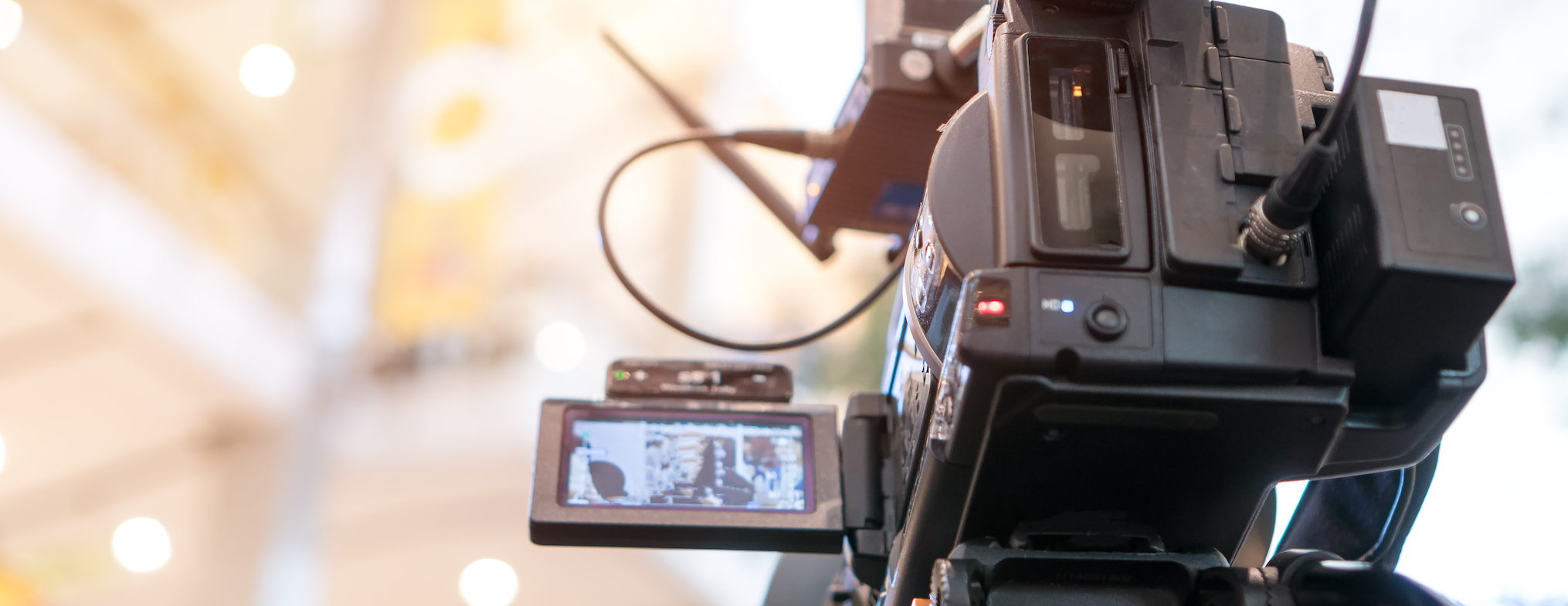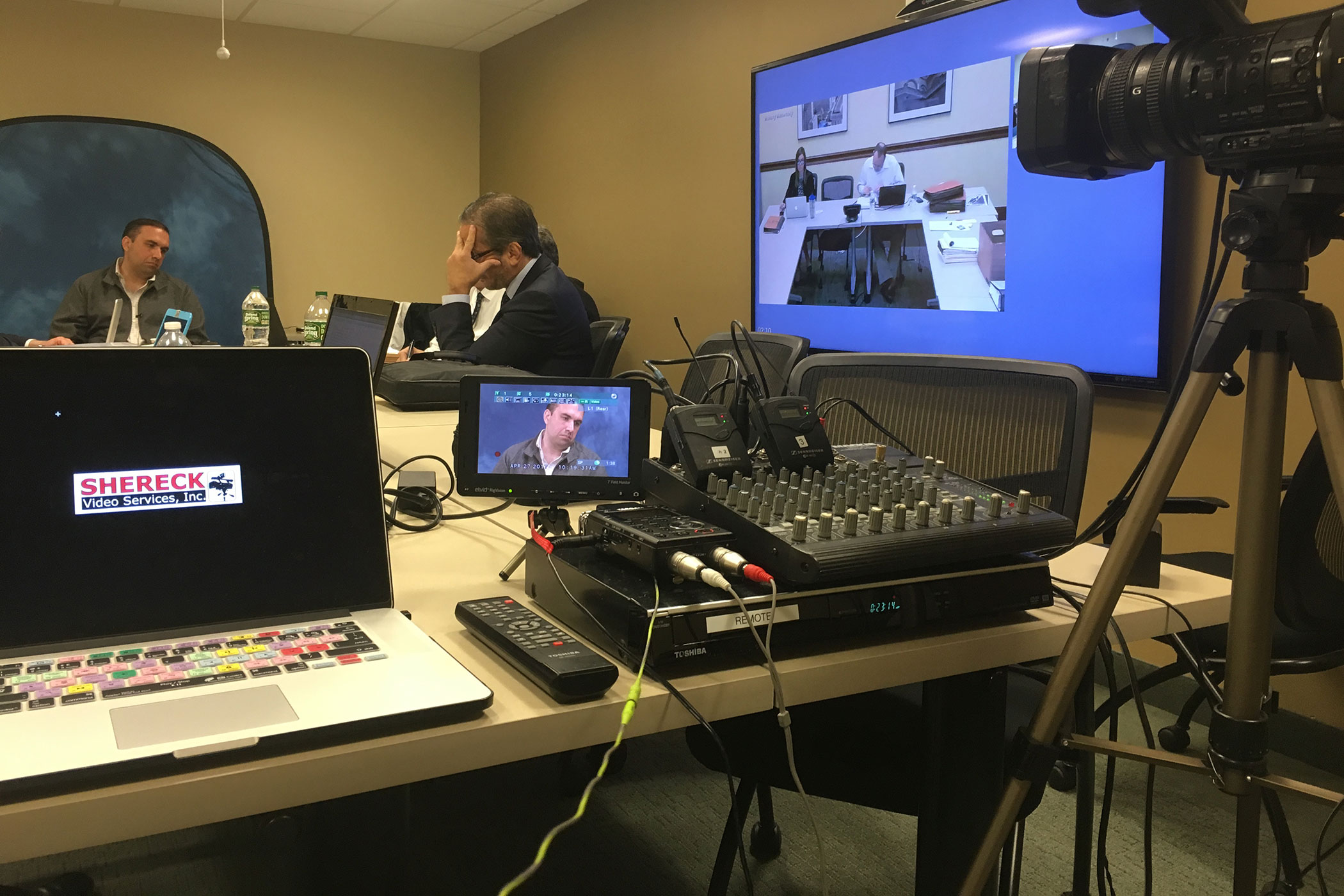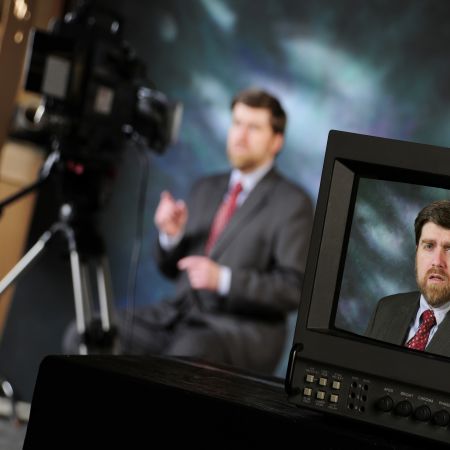The Art of Court Coverage: Techniques and Finest Practices
Court reporting is a meticulous craft that requires precision, focus, and an eager eye for detail. As the quiet guardian of legal process, stenotype reporter play an essential role in catching and protecting the talked word with steadfast precision. Via the art of transcription, they change spoken language into composed documents that stand as the backbone of lawful paperwork. However, the course to ending up being a skilled court press reporter is led with difficulties that require skill, knowledge, and a proficiency of numerous strategies. From developing active paying attention abilities to embracing sophisticated modern technology devices, the trip in the direction of quality in court reporting is multifaceted and vibrant.
Importance of Listening Abilities
Effective court reporting counts heavily on the development and application of sharp paying attention abilities. Court reporters play a critical function in accurately recording lawful procedures, making certain that every talked word is recorded with accuracy and attention to detail. By developing their listening skills, court press reporters can capture subtleties in tone, emphasis, and feeling, supplying a thorough document of the proceedings.
Sharp paying attention abilities enable court reporters to browse difficult acoustic atmospheres, such as crowded courts or fast-paced discussions, without missing out on crucial information. These skills likewise empower them to distinguish between audio speakers, recognize technical terms, and accurately transcribe intricate legal jargon. Furthermore, active paying attention enables court press reporters to prepare for the circulation of discussion, guaranteeing that they are always one step ahead in recording the process.
Enhancing Transcription Accuracy
Court press reporters' mastery of sharp listening skills directly adds to the enhancement of transcription precision in legal process. Along with these abilities, utilizing sophisticated technology plays an essential duty in more refining the accuracy of transcriptions.

In addition, continual training and specialist development are important for court reporters to stay updated on legal terminology and treatments. By developing their skills and staying educated regarding sector standards, stenotype reporter can continually supply extremely accurate transcriptions that support the stability of lawful procedures.
Using Innovation Tools
Integrating modern technical devices right into the court reporting process dramatically improves transcription performance and precision. Stenotype reporter can gain from a variety of software application applications designed specifically for their occupation. Real-time transcription software application enables reporters to transcribe talked words promptly, enhancing the speed and accuracy of the procedure. Furthermore, voice recognition technology can be made use of to convert talked words into text automatically, reducing the need for manual transcription.
Video conferencing devices enable court press reporters to participate in remote hearings and depositions, increasing their reach and adaptability. Cloud-based storage remedies provide convenient and safe and secure options for storing and accessing transcripts. In addition, digital stenography devices with advanced functions such as multifunctional displays and improved connectivity options enhance the reporting procedure.
Handling Time Successfully
Time administration is crucial in court reporting as it includes recording talked words accurately and swiftly. Before a court session, court press reporters should acquaint themselves with the case details to anticipate the circulation of conversation and focus on essential details. In addition, making use of shorthand and acronyms can significantly speed up the typing procedure, enabling court reporters to keep up with busy dialogue.
By developing attainable objectives and sticking to a schedule, court press reporters can stay clear of final hurries and guarantee prompt distribution of transcripts. Inevitably, by sharpening their time monitoring skills, court press reporters can enhance their efficiency and deliver premium records effectively. COURT REPORTING DURHAM.
Preserving Expertise

Professionalism and reliability for court press reporters consists of clothing suitably for court, arriving early to establish equipment, and performing themselves with self-respect throughout the proceedings. They must continue to be neutral and refrain from taking part in any type of actions that might endanger their neutrality. In addition, preserving discretion and making sure the precision of the records are critical to maintaining the requirements of the career.

Verdict
To conclude, mastering the art of court reporting calls for honing crucial listening abilities, making sure transcription precision, leveraging innovation devices, handling time successfully, and upholding professionalism and reliability whatsoever times (COURT REPORTING DURHAM). By including these strategies and ideal practices right into their job, court reporters can efficiently catch and document court process with accuracy and quality
As the quiet guardian of legal procedures, court press reporters play a critical duty in recording and protecting the talked word with unwavering precision. By sharpening their listening abilities, court reporters can catch subtleties in focus, emotion, and tone, giving a thorough record of the process.
Court press reporters' mastery of sharp listening skills click to find out more straight contributes to the improvement of transcription precision in legal process. Prior to a court session, court reporters ought to familiarize themselves with the case information to expect the flow of discussion and focus on vital info.Professionalism and trust for court reporters includes clothing appropriately for court, arriving very early to establish up tools, and conducting themselves with self-respect throughout the procedures.
Comments on “Precision and Accuracy: Superior Court Reporting Durham Solutions”